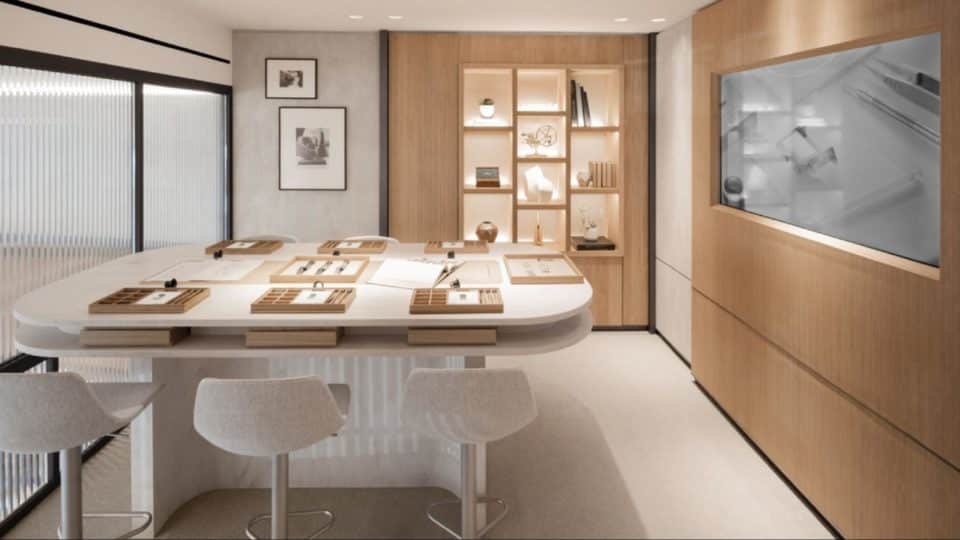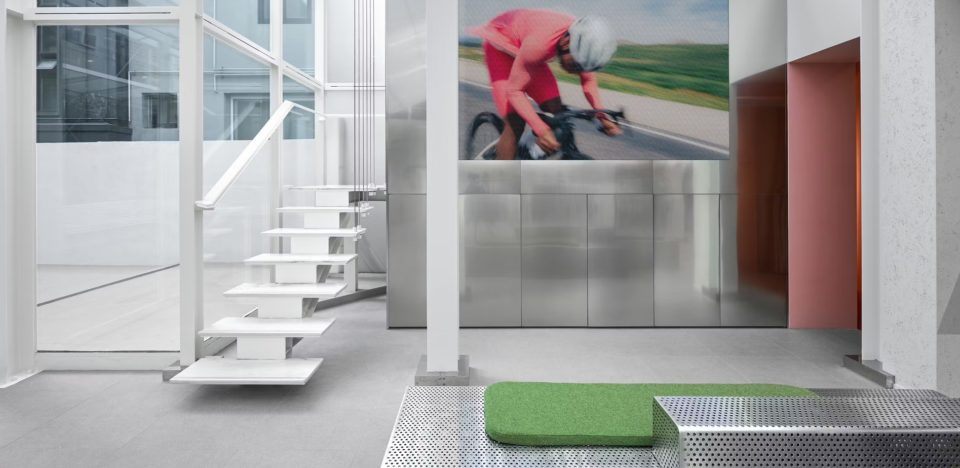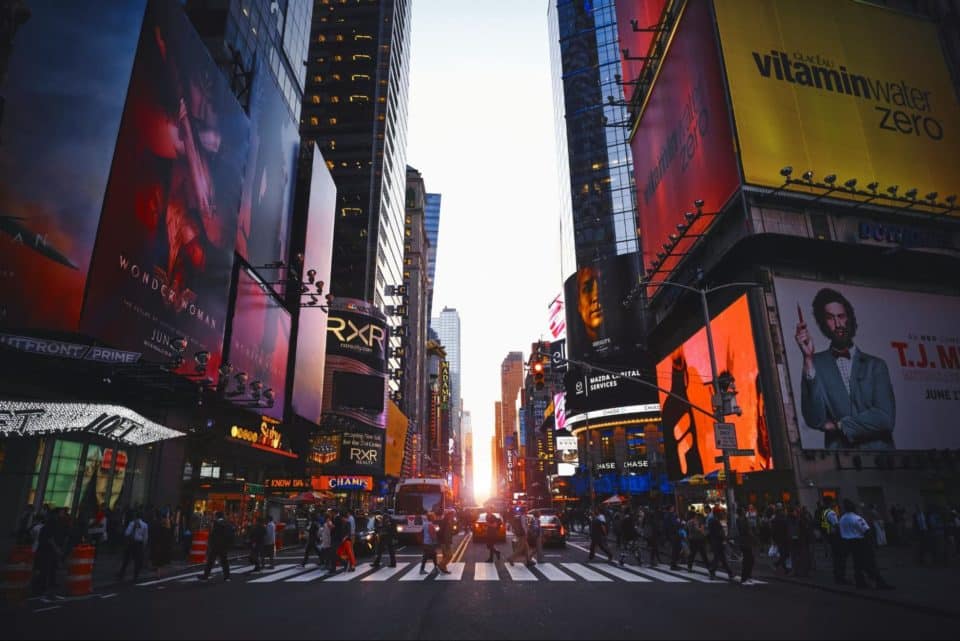Why heritage architecture can help retail be memorable

Whenever I’m travelling for projects, I love it when I find a store where the retailer is working with the history of the building rather than erasing it.
Yes, it’s partly because working with and preserving our past has civic benefits. But it’s also because there’s a key business benefit that I’m amazed so many people overlook.
In Copenhagen, furniture business Paustian Design Est. 1964 is based in a former bank.
It’s a similar story in Barcelona where fashion brand Stradivarius’ flagship store is in the former headquarters of the Central Bank of Barcelona.
One of the best examples of retaining historic architecture is Starbucks’ Ninenzaka store in the Higashiyama area of Kyoto. A converted traditional machiya townhouse, the store does such a good job of blending in with the local culture that some people never realise it’s there.
Even Wetherspoons – the Marmite of the UK pub scene – understands the power of a heritage building, opening up in former banks, theatres, cinemas, magistrate courts, and even a car factory.
Why? Because it’s memorable.
To read the rest of this post, subscribe to our Substack newsletter for free.
Subscribe to the Insider Trends Substack newsletter to get to exclusive insights that we don’t share anywhere else. You can expect more detailed thoughts on the trends we are seeing around the world at the frontline of new retail concepts and what it all means.



